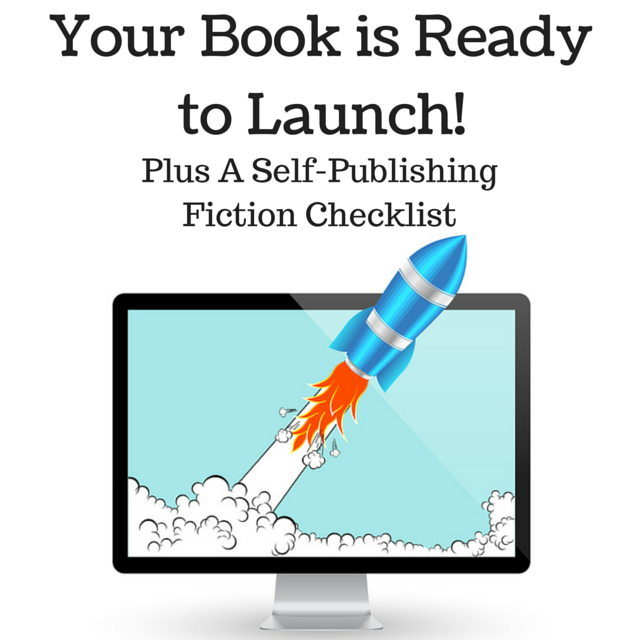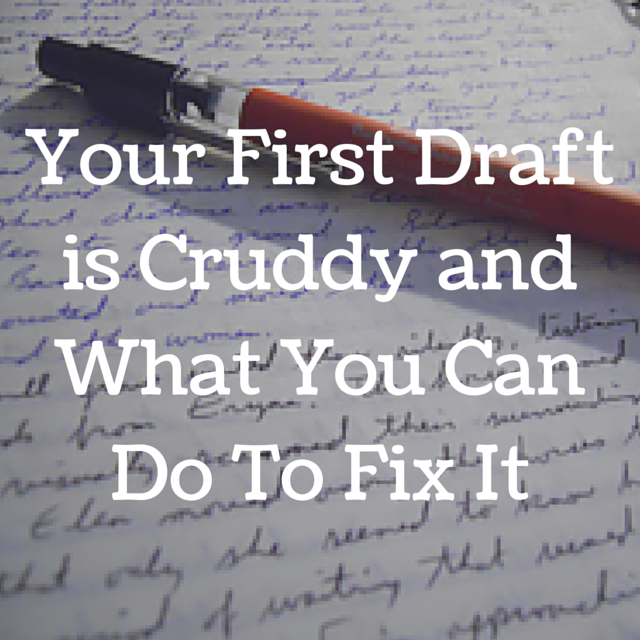
Have you ever read a self-published book and it looked like a self-published book? The cover was iffy and there were spelling, grammar, and formatting issues?
There is a preconceived notion that self-published books are often unpolished. Reviewers complain about it all the time. True, you’ll be hard pressed to find a traditionally published book that doesn’t have at least one grammar or spelling error in it, but if a self-published book has one then someone is going to point it out and they’ll be loud about it.
Protect yourself and your reputation by publishing the best book possible. You’ll receive better reviews, better word of mouth references, and more sales. Present yourself in a professional manner and you’ll be treated in kind. So how do you make sure your book is polished and professional?
Hire a Great Cover Designer
Great book covers don’t have to cost thousands. In fact, you can find superior covers that cost less than $50. Mark Coker has a list of formatters and book cover artists available at his site, Smashwords.com. (https://www.smashwords.com/list)
Before you hire anyone from this list or anywhere else, make sure to check their references, look at their portfolio, and read their terms and policies.
Last week talked about hiring an editor so let’s talk about the other element that can impact the look and feel of your book – the interior layout.
Hiring Someone to Format Your Book
You can format your book yourself. It can take a few hours and several attempts to get it right. You can also hire someone to manage the process for you. Here’s why you may wish to hire them.
Each publisher, Amazon, Nook Press (Barnes & Noble), iBooks, and Smashwords all have their own formatting rules and guidelines. If your book doesn’t meet them, it’s rejected and you get to start over. If you’re only selling and distributing your book through one organization then this isn’t as much of a big deal.
In fact, Amazon has the easiest formatting and interface. It’s also the distributor that has the biggest impact on sales for most self-published authors. However if you’re distributing your book through other retailers, then formatting and submitting your book can consume an entire weakened and be an exercise in frustration.
If you’re also printing your book, for example through Amazon’s CreateSpace, then that’s another step of formatting and approval. Hiring someone to do it for you ensures it looks like you want it to and gives you time to focus on marketing and planning your next book.
Southern Authors offers book formatting services. You do not have to be a member to have us format your book. You can learn more here.
Of course, before you hire anyone to help you polish and perfect your book, you’ll need to decide where and how you’re publishing it. Let’s quickly look at some of your options.
Self-Publishing Options
The first decision to make is if you’re going to publish digitally or if you’re going to publish a printed book. Most self-published authors find that their readers are primarily digital and that is where the majority of their sales are. However, some audiences like the young adult audience don’t really buy eBooks so print may be the best choice.
Research your audience. Also, you can do both. You can publish an eBook first and then use some of your profits to publish a print book. With print, you’ll have to buy an ISBN number for it and there may be some other small expenses like shipping the book to you for approval before you can sell it.
When it comes to digital or print publishing there are four retailers to put at the top of your list. They are:
• Kindle Direct Publishing – Amazon – https://kdp.amazon.com/ or https://www.createspace.com/
• Nook Press (a division of Barnes & Noble) – https://www.nookpress.com/
• Smashwords – https://www.smashwords.com/
• iBooks – https://www.apple.com/ibooks-author/
Note: Smashwords also offers you the option of using their distribution services to sell at Barnes & Noble and iBooks, as well as many other retailers and libraries.
Pricing Your Book
Before you can launch your book, you have to set a price for it. Look at other books in your genre. How are they priced? Mark Coker at Smashwords has found that books that are priced too cheaply tend to have poor sales and readers are harder on them in their reviews.
Many self-publishing success stories have found that a price of at least $1.99 or more for an ebook gives them the best results. You can launch at a promotional price and increase it after a month. You can also test various price points to find the one that your audience responds to the best. Keep in mind that people expect print books to cost more than digital.
In the last post in this series we will talk about launching you book. To read the other posts in this series click here.
 Judy Nickles, also writing as Gwyneth Greer, has been spinning tales since she could hold a #2 pencil. When bad weather threatened, her elementary teachers called on her to tell stories to keep the other students from focusing on the storm clouds outside. For better or worse, she still hangs on to the faded copies of her own 1950’s era parodies of the popular television show Dragnet: Fishnet, Hairnet, and Butteryfly Net, and most of the essays, stories, and poems she wrote in junior high and high school. Later, she wrote The Big Valley ‘fan fiction’ for an online site. To learn more about Judy, please visit her author page.
Judy Nickles, also writing as Gwyneth Greer, has been spinning tales since she could hold a #2 pencil. When bad weather threatened, her elementary teachers called on her to tell stories to keep the other students from focusing on the storm clouds outside. For better or worse, she still hangs on to the faded copies of her own 1950’s era parodies of the popular television show Dragnet: Fishnet, Hairnet, and Butteryfly Net, and most of the essays, stories, and poems she wrote in junior high and high school. Later, she wrote The Big Valley ‘fan fiction’ for an online site. To learn more about Judy, please visit her author page.










